Historical & Gastronomic Allures of Deep Kansai
How many of you have actually heard of the region “Hanshin-Kita”? Being a self-professed Japan addict who has traversed many grounds off the beaten path of all 47 prefectures, I am ashamed to admit that it too, missed my radar.
Please bear with me for a second to get the semantics out of the way: the word “Hanshin” (阪神), is taken from the second word from Osaka (大阪) and the first kanji from Kobe (神戸), and in “onyomi” (okay let’s not get there today) pronunciation it makes the word “Hanshin.” The world generally refers to Osaka, Kobe and the surrounding areas in between these two cities in Kansai.
Given its proximity to the tourist hub Osaka rather than Hyogo’s capital Kobe, many may have mistakenly assumed that it is part of Osaka Prefecture.
The five subsections are: Takarazuka City, Itami City, Inagawa Town, Kawanishi City and Sanda City. Today let’s take a dive into Inagawa Town, Kawanishi City, and Sanda City and find out what they have to offer.
Inagawa Town
I found some of my favorite hidden gems here, and first, let’s visit Seishikan, a registered National Tangible Cultural Property.
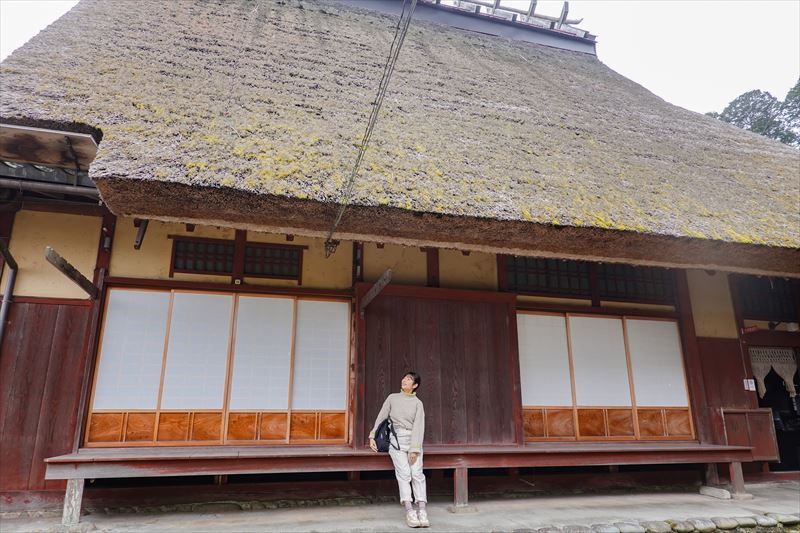
Seishikan in Inagawa Town.
This former Tomita Family Residence, now a town-owned property, is built by the wealthy merchant Kumasaku Tomita in 1932. Breathing an air of yesteryear nostalgia, you can find several curious warehouses built for various purposes–a “himuro” that serves as natural refrigerator, and another five more for firewoods, charcoal, miso, farming tools and even an entire kura for apparels!
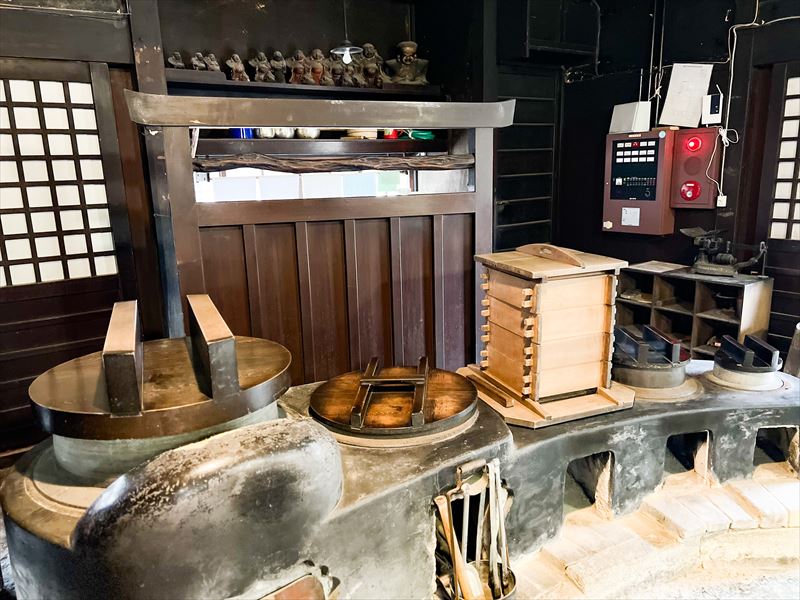
How yesteryear’s kitchen looks like.
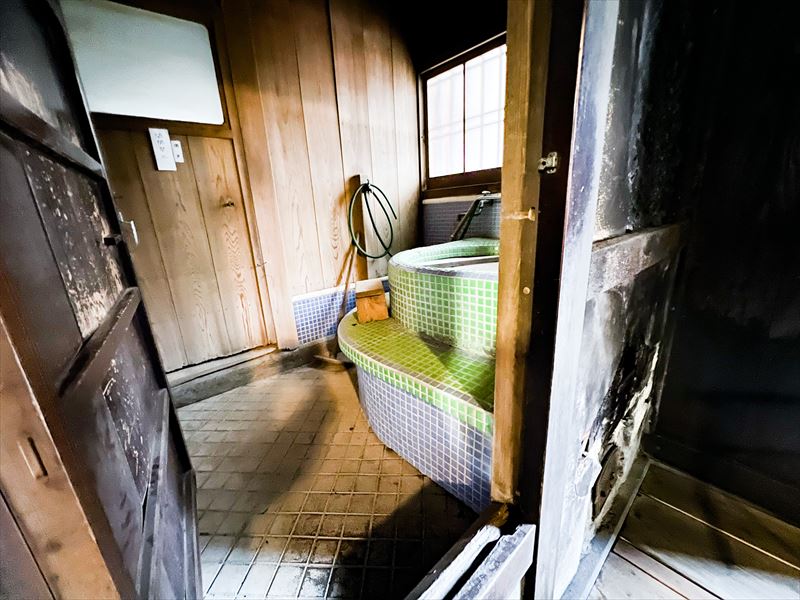
The original bathtub. Looks like a scene out of an anime!
One of the best ways to appreciate Seishikan is to take a quick hike up the hilltop where you can get a bird’s-eye view of the layout of the entire residence, especially its impressive thatched-roof that is extremely laborious to built.
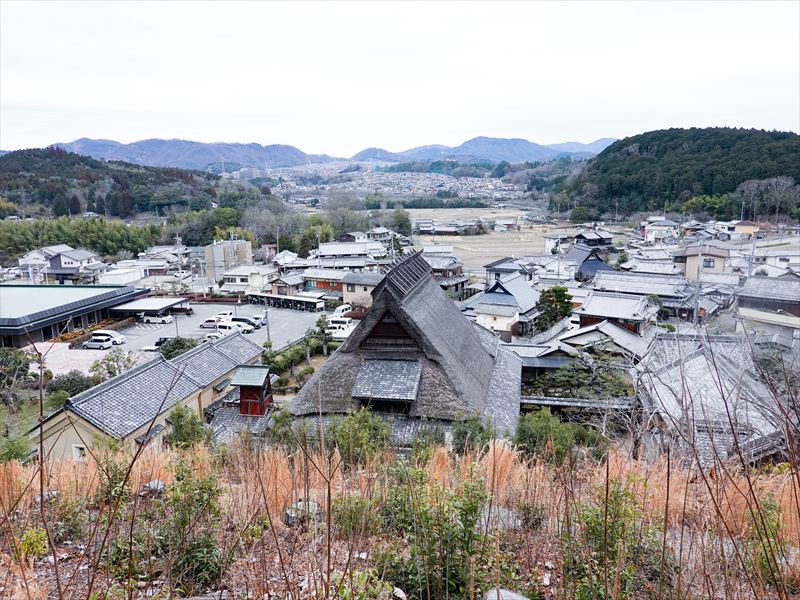
Be rewarded with this view if you bother hiking just 3-minute up a small hill.
The second treasure I am very pleased to have discovered is “Irori Chaya Sato no Ie,” a 350-year-old former samurai residence turned restaurant that is brimming with old world charm.
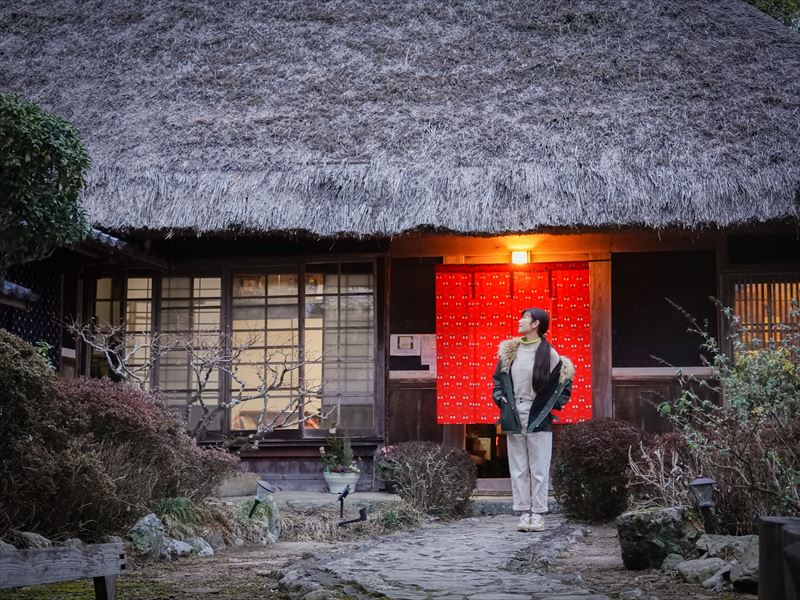
Irori Chaya Sato no Ie, Inagawa Town.
The owners welcomed us with warm tea by the irori (Japanese-style hearth), one of my favorite things in Japan especially during winter time! Relax yourself with the warmth of firewoods and more so, of the hosts, who are eager to show off their hospitality by bringing you a delicious “botan nabe”(wild boar hot pot) and other local cuisine.
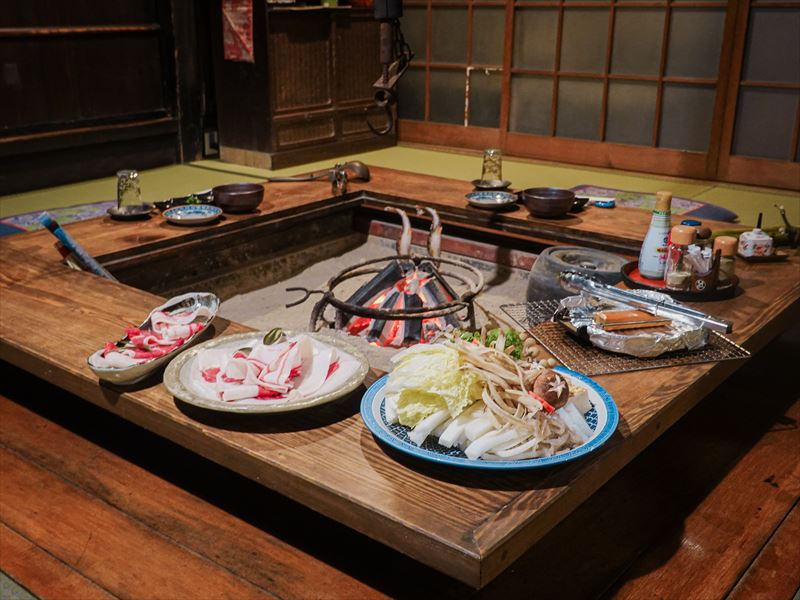
Nothing beats sitting around the irori on a cold winter day with such a feast spread in front of you.
Although looking extremely fatty, the roast boar belly was supremely tasty without overly cloying your tastebuds. It was well worth the visit in my experience. If you prefer something light, and since Inagawa Town is an excellent producer of buckwheat, do swing by “Soba no Yakata,” a roadside station and restaurant to savour a piping bowl of homemade “juwari soba” (soba made of 100% buckwheat flour).
Along with udon, soba is one of Japan’s traditional noodle dishes. The Kansai region leans more towards being the domain of udon culture, but with the recent popularity of health food, soba noodles are stealing some of the limelight.
Since Inagawa Town is an area famous for buckwheat production, the restaurant at the roadstop station Michi-no-Eki Inagawa serves noodles made with only 100% buckwheat flour unlike usual soba noodles that include other ingredients as binders. People also love to come here to try making their own soba noodles!
The menu includes Zaru soba, Oroshi soba, and Tororo soba. I had “meat soba”. The delicious soup stock and meat were perfectly paired, and the freshly made soba noodles were the best.
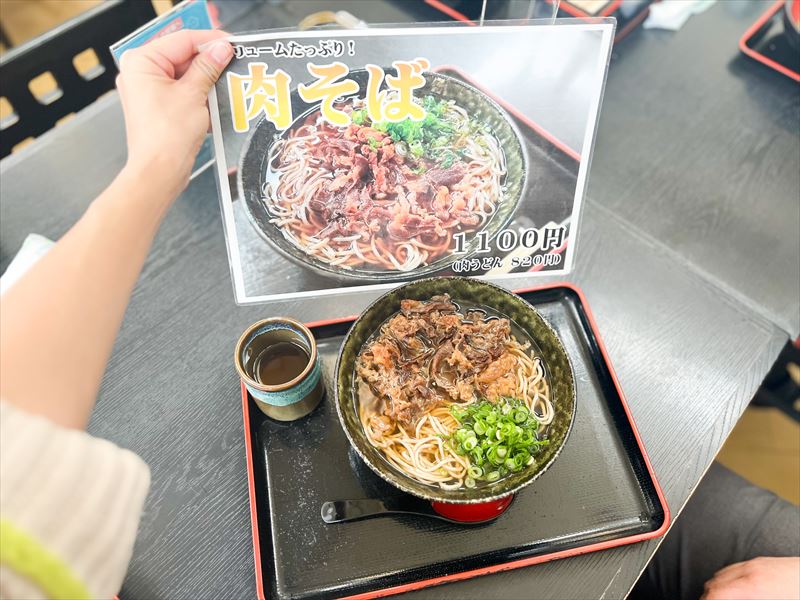
My “niku soba.” Japan: a place where expectation and reality match.
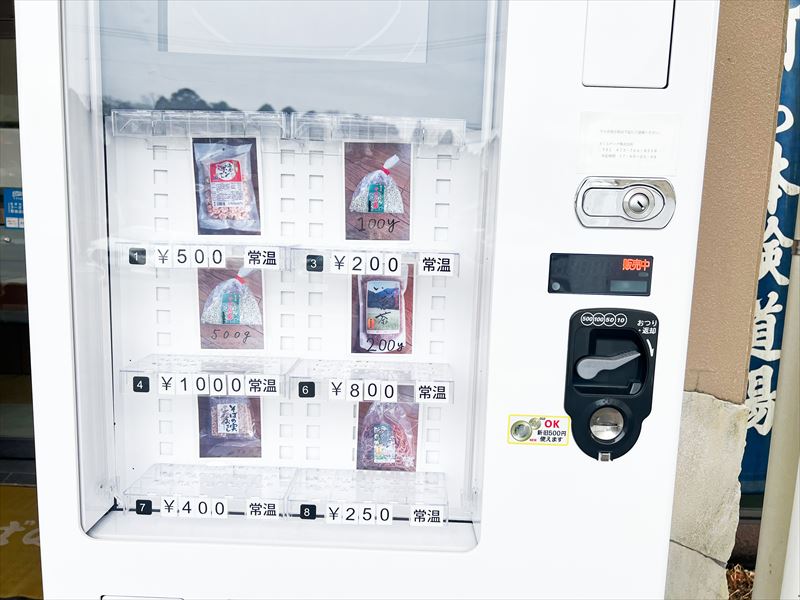
A soba vending machine so anyone can have a fill of the delicious noodles outside of operating hours.
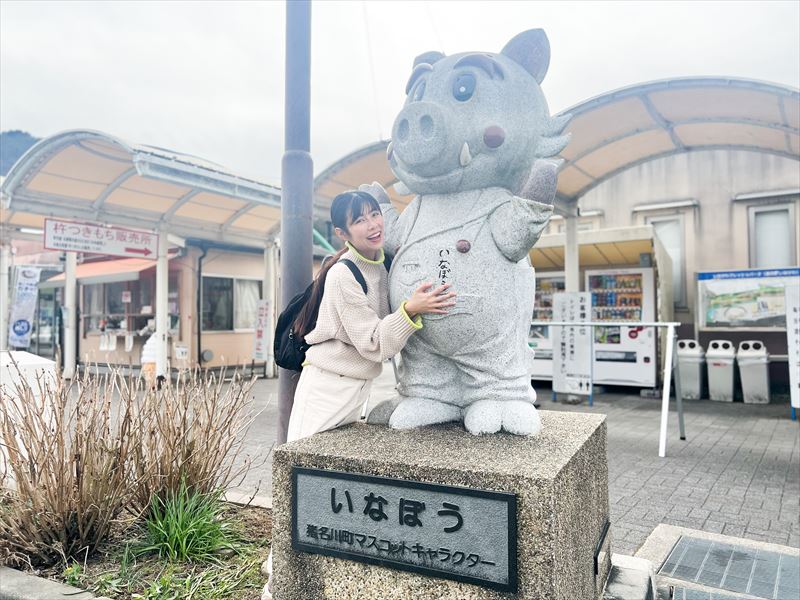
“Inabo,” a wild boar and mascot of Inagawa Town.
Kawanishi City
The second city we will explore is Kawanishi City, another suburb locale that hardly makes it to international tourists’ itinerary. I took a trip to the former Kurokawa Elementary School, located in the Kurokawa district known for being the best “satoyama” woodland scenery in Japan.
A shrinking population led to the school closing about 50 years ago, but it is now home to the Kawanishi City Kurokawa Community Center. Built in 1904, this is the oldest school building of the area, but even after a century, its majestic figure is still a sight, with classrooms and corridors yet intact. Walking through this precious structure and learning about elementary school life at that time was a fascinating experience. The elegant wooden schoolhouse blends into the surrounding idyllic scenery, a sight sure to make many visitors yearn for days gone by.
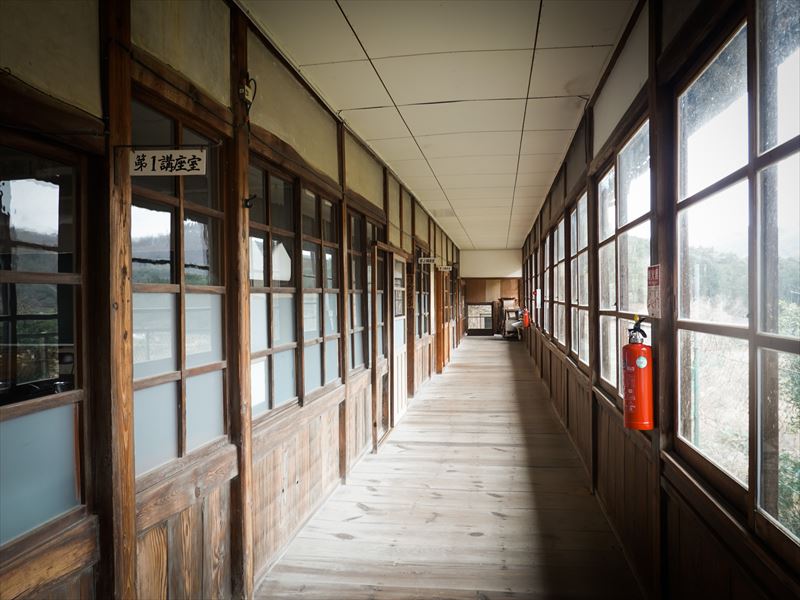
Corridor of former Kurokawa Elementary School just as it was back in the days.
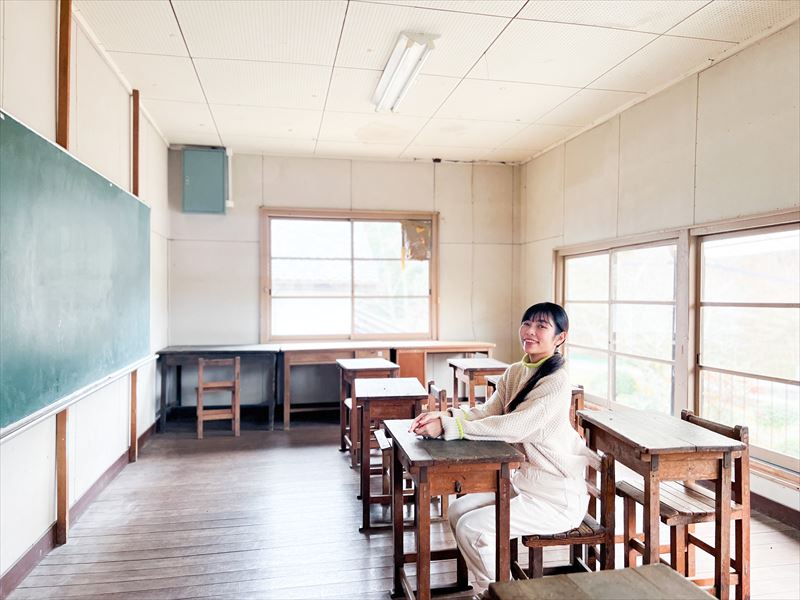
Relishing the Japanese school atmosphere.
Tada Shrine is another attraction in the neighborhood, which in itself has lots of stories to tell.
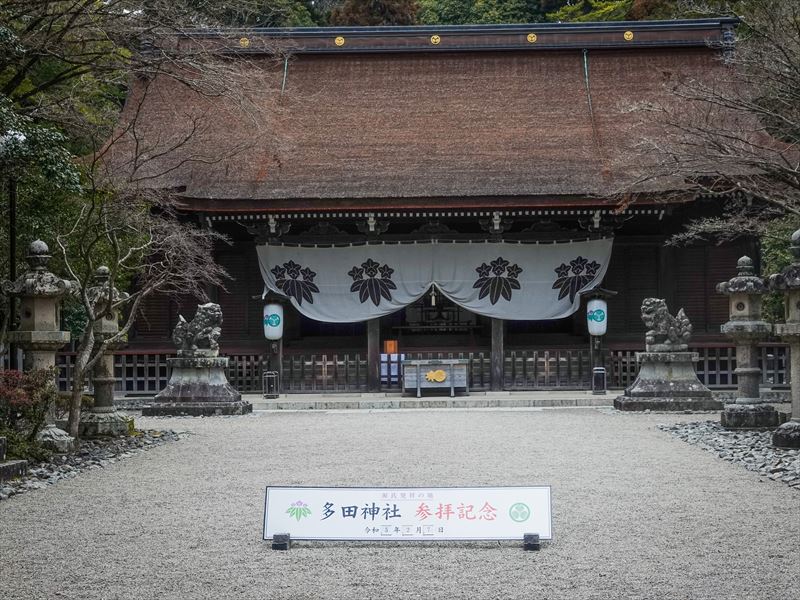
Tada Shrine, Kawanishi City.
Tada Shrine was established in 970 by a military commander from the mid-Heian era (794-1185) named Minamoto no Mitsunaka.
I could feel the majestic aura throughout the grounds of the shrine’s main hall where the 5 military generals, including Minamoto Mitsunaka and his great-grandchildren, are consecrated.
Among the descendants of this lineage are Minamoto no Yoritomo, founder of the Kamakura shogunate, Ashikaga Takauji, who established the Muromachi shogunate, and Tokugawa Ieyasu, founder of the Edo shogunate.
Due to this heritage, Tada Shrine is believed to bring luck for victory in any contest. On the traditional wooden plaques called ema, where people write their wishes, were many prayers for success and victory. During my visit, the sight of a high school girl in a her uniform, hands clasped in prayer in front of the main shrine, touched my heart.
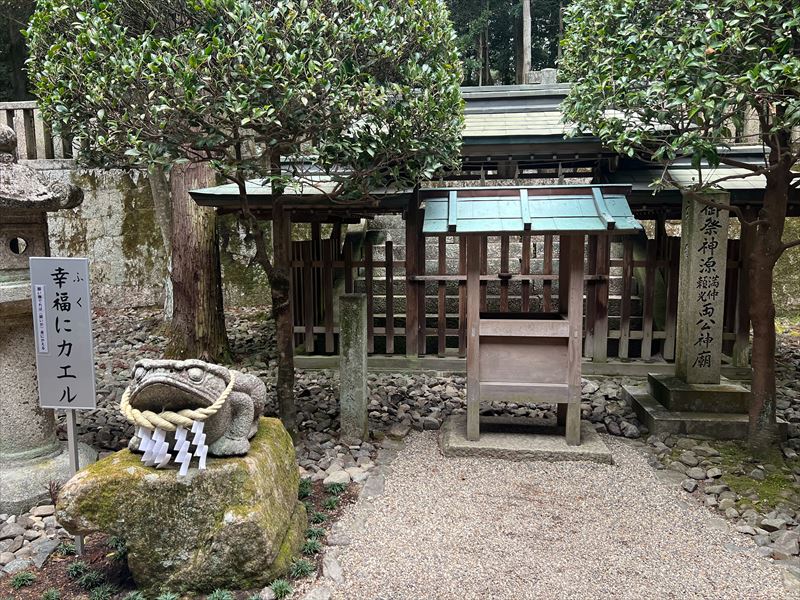
A lucky frog and the mausoleum of Minamoto no Mitsunaka.
Other allures in the city include Myoken Forest, which is said to be ultra gorgeous in autumn time, and the Kurokawa Cherry Forest where the endangered wild Edo Higan blooms elegantly in spring.
Sanda City
Lots of tantalizing gourmet experiences are waiting for you to discover in Sanda City, and if I must choose one, it has to be Sanda Beef. When it comes to voluptuously marbled beef, Hyogo Prefecture is never short of internationally recognized contenders. Many of you may have already had the chance to savor the eternally popular Kobe Beef and Tajima Beef. However, Sanda Beef which is proudly produced by the locals in Sanda City remains humbly unknown despite its supreme quality.
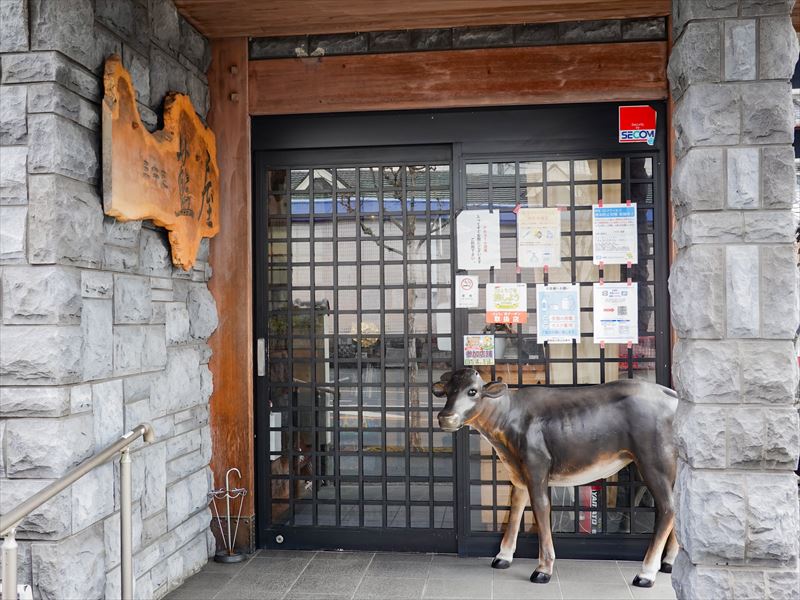
This time, I stopped by Aiya, a farm-to-table restaurant. The restaurant, run by a company that has both a butcher shop and a ranch, serves the highest quality Sanda beef at reasonable prices.
It was lip-smacking good with meat quality every bit as tasty as Kobe or Tajima beef.
I was overjoyed to learn about this famous place where top notch wagyu can be enjoyed for such low prices.
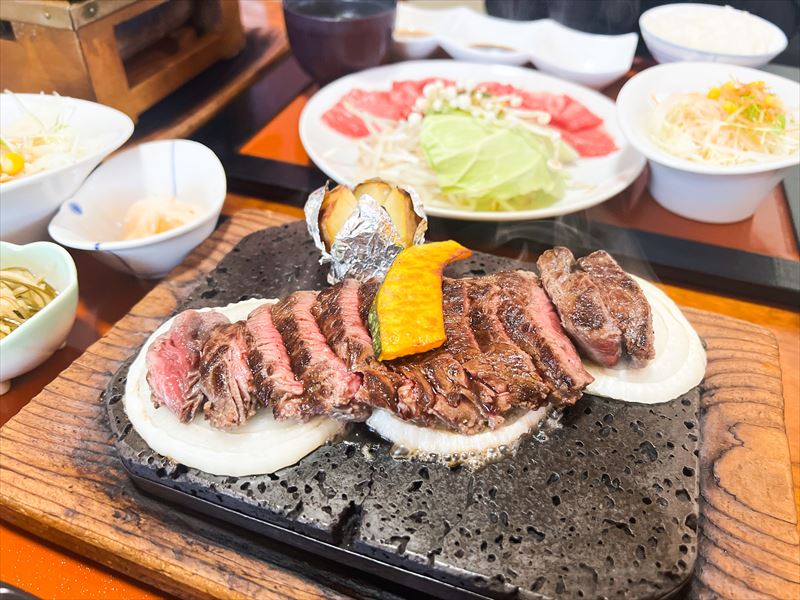
Mouth-watering Sanda steak on a hot stone grill.
Finally, I stopped by to buy some homemade sweet bread at a stylish bakery called “any many shop” in a renovated townhouse that once housed a famous kimono store founded in 1883.
Although the shop’s appearance gives a sense of ancient history, the way to order was novel. At this shop, all samples on display are real baked goods, each with a playing card in front of them. In a surprising way, we order by selecting the playing card in front of the bun and bringing it to the cash register.
Stop by and enjoy a snack in the historical atmosphere of this house that reflects the good old’ days of Japan.
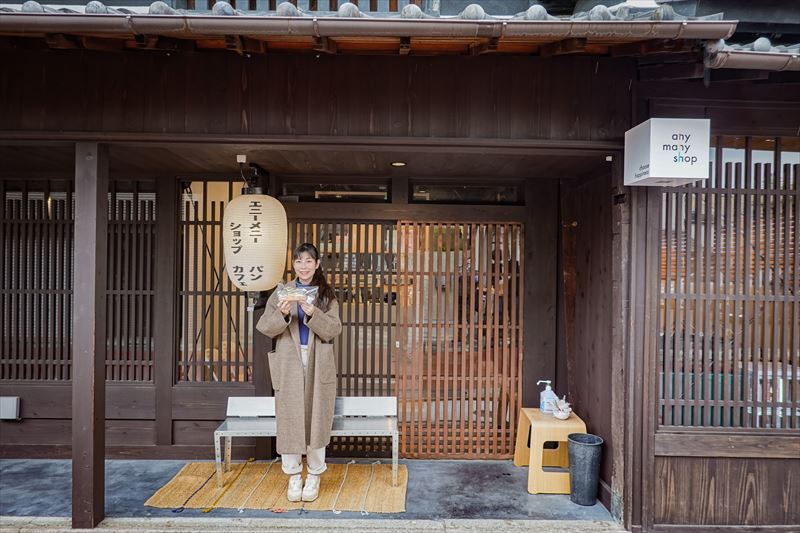
“any many shop”, Sanda City.
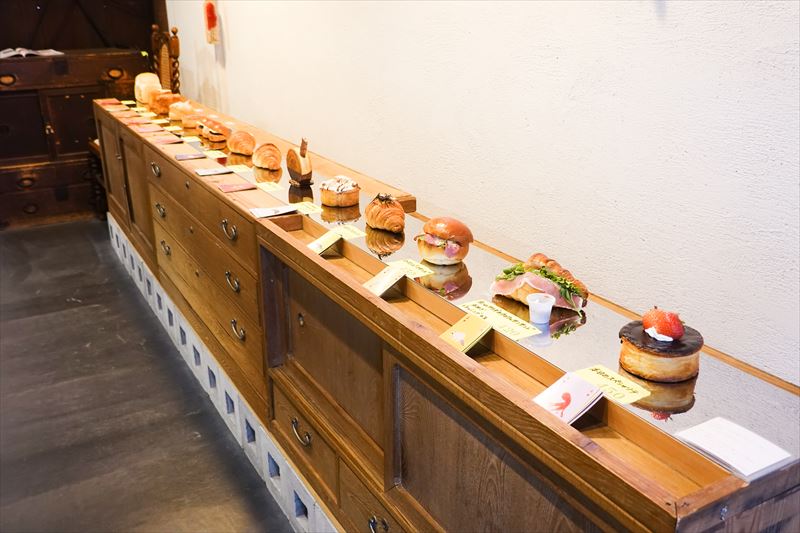
A gallery-like display of the pastries. (Yes, they are real!)
Often missed off popular itineraries in favor of bustling Osaka and Kobe, Hanshin-Kita is a treasure trove of untouched gems. I assure you that the region has many surprising treats in store for those that do decide to stop by.
Seishikan
Access: From Nose Electric Railway Nissei-chuo Station, take the Hankyu Bus to the Ueno stop and walk 2 minutes.
Address: 22 Machimawari Ueno, Inagawa-cho
TEL:072-766-0013
Business hours: 9:30 – 16:30
Closed: Monday (or the following day if it is a public holiday), the end and start of the year
Irori Chaya Sato no Ie
Access: From Nose Electric Railway Nissei-chuo Station, take the Hankyu Bus to the Sugio stop and walk 3 minutes.
Address: 23 Uchigaichi, Shima, Inagawa
TEL:072-769-0275
Michi-no-Eki Inagawa
Access: From Nose Electric Railway Nissei-chuo Station, take the Hankyu Bus to the Kawatoko-guchi stop and walk 1 minute.
Address: 70-1 Takezoe, Manzen, Inagawa-cho
Business hours: 9:00 – 17:00
Closed: Wednesday (or the following day if it is a public holiday), the end and start of the year
any many shop
Access: 5-minute walk from JR Sanda Station
Business hours: 10:00 – 17:00
Closed: Monday and Tuesday
Aiya
Access: 5-minute walk from JR Aino Station
Business hours: 11:00 – 14:00 and 16:30-20:00
Closed: Tuesday
Kurokawa Public Hall
Access: From Nose Electric Railway Myokenguchi Station, take the Hankyu Bus to the Kurokawa stop and walk 5 minutes.
Address: 295 Tanigakiuchi, Kurokawa, Kawanishi City
TEL:072-738-0107
Closed: Saturday, Sunday, national holiday, the end and start of the year
Tada Shrine
Address: 1-1 Tadadokoro-cho, Tadain, Kawanishi City
Access: 15-minute walk from Nose Electric Railway Tada Station or from Hankyu Kawanishi Noseguchi Station, take the Hankyu Bus to Tada Jinja-mae stop and walk 2 minutes.
Writer: Cheesie URL: www.cheeserland.com
 2023/03/29
2023/03/29- Takarazuka: A City of Dreams Come True























